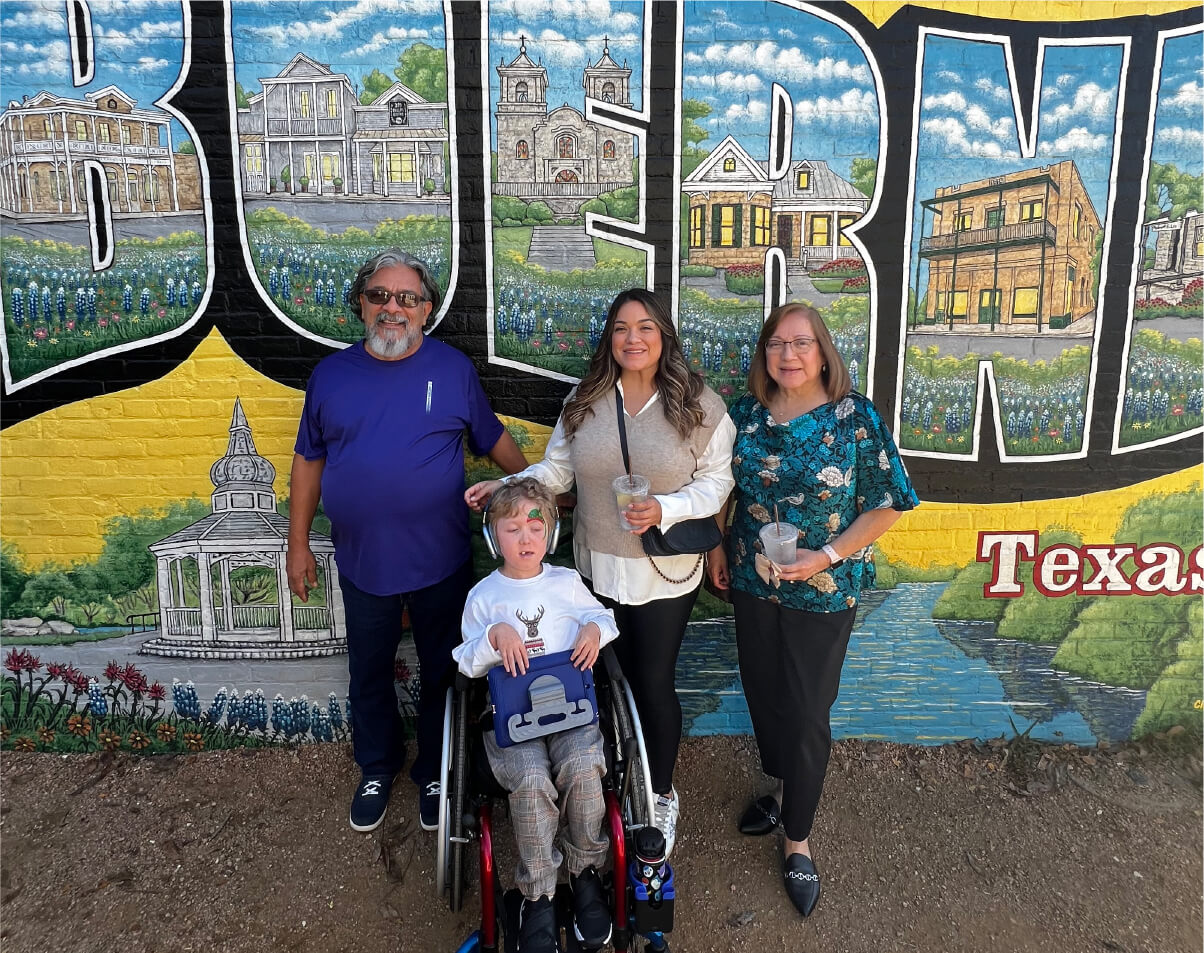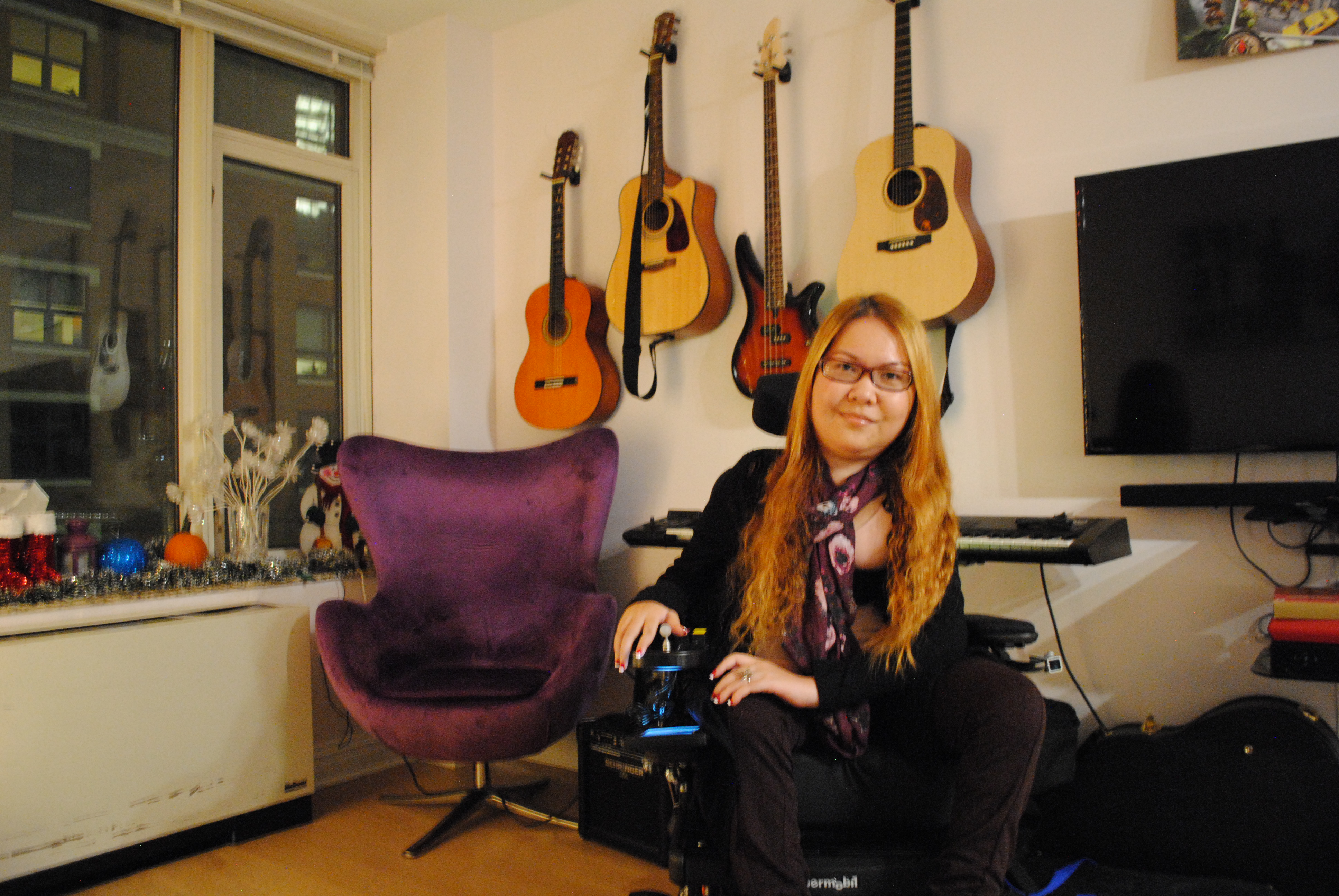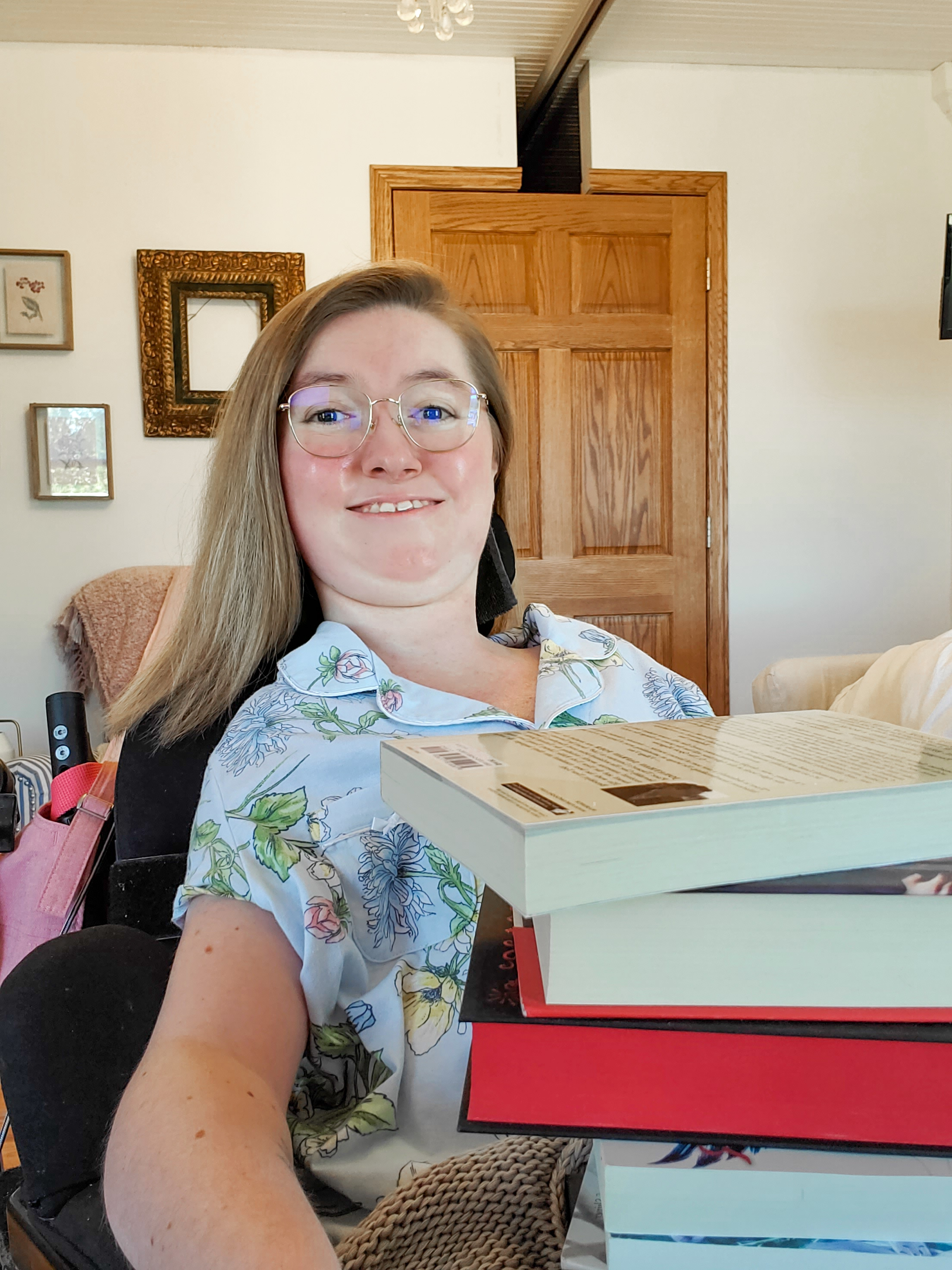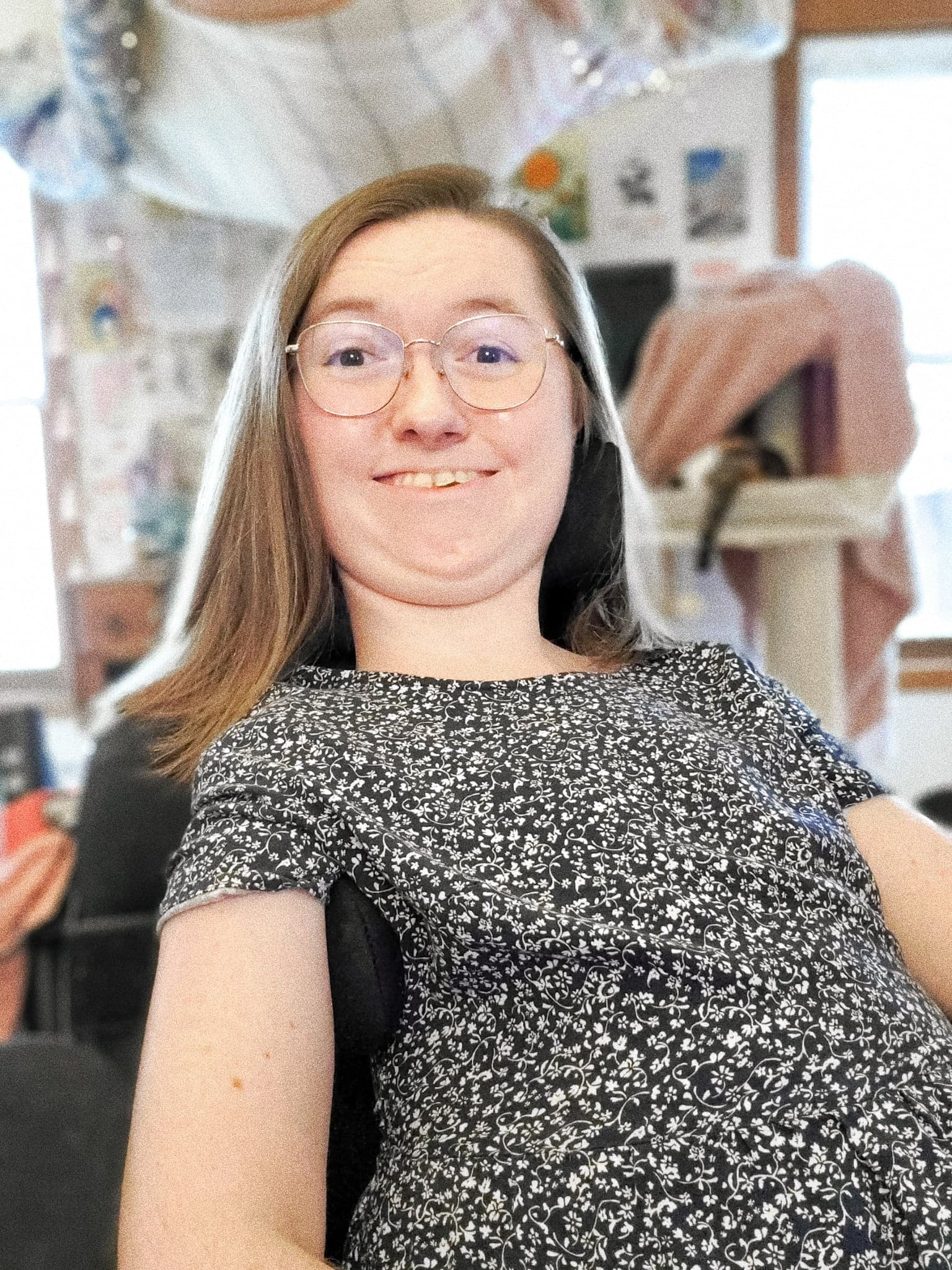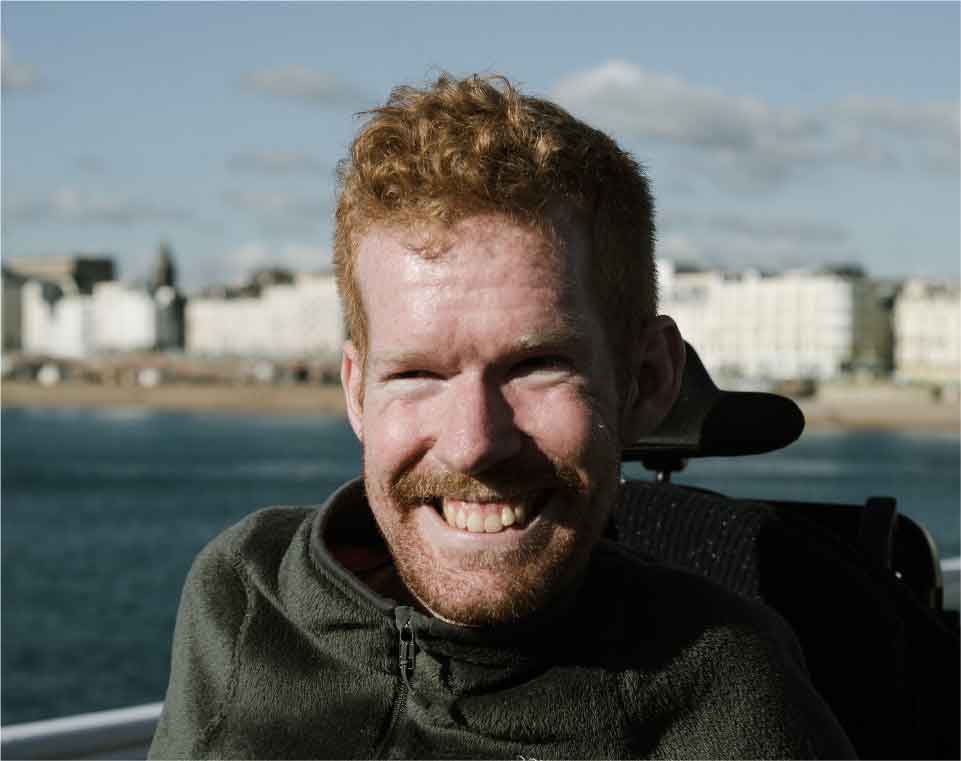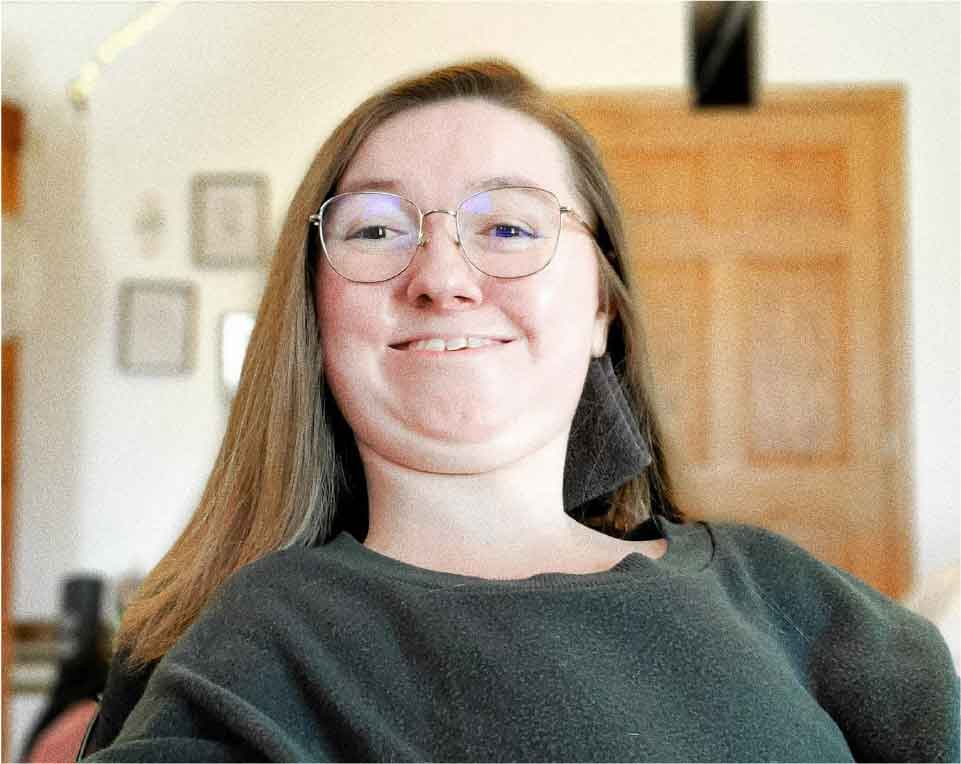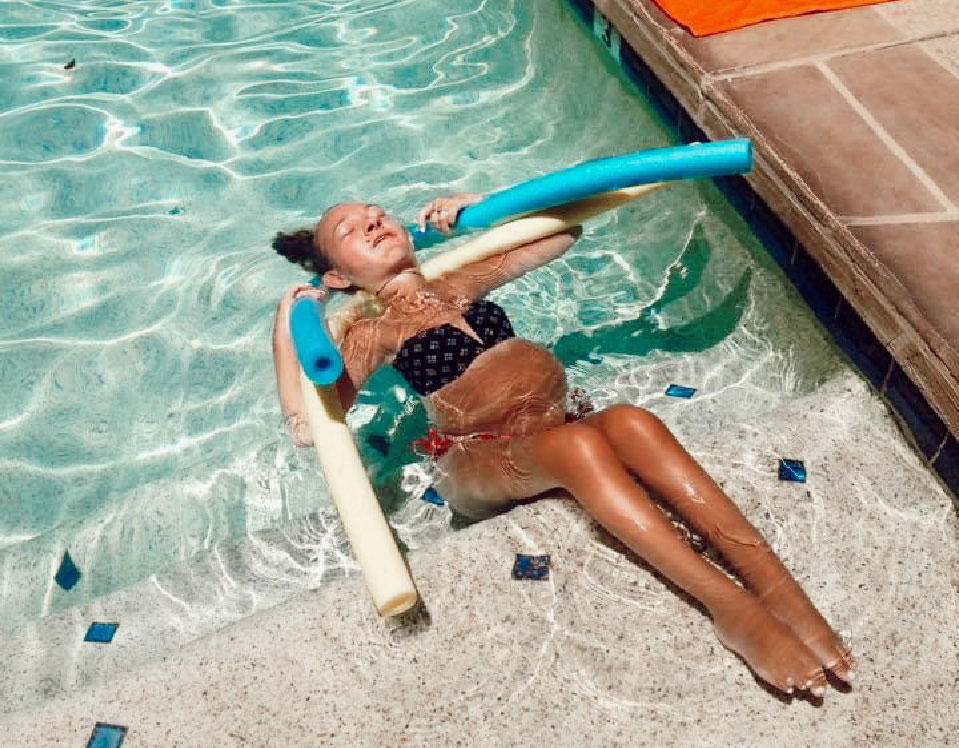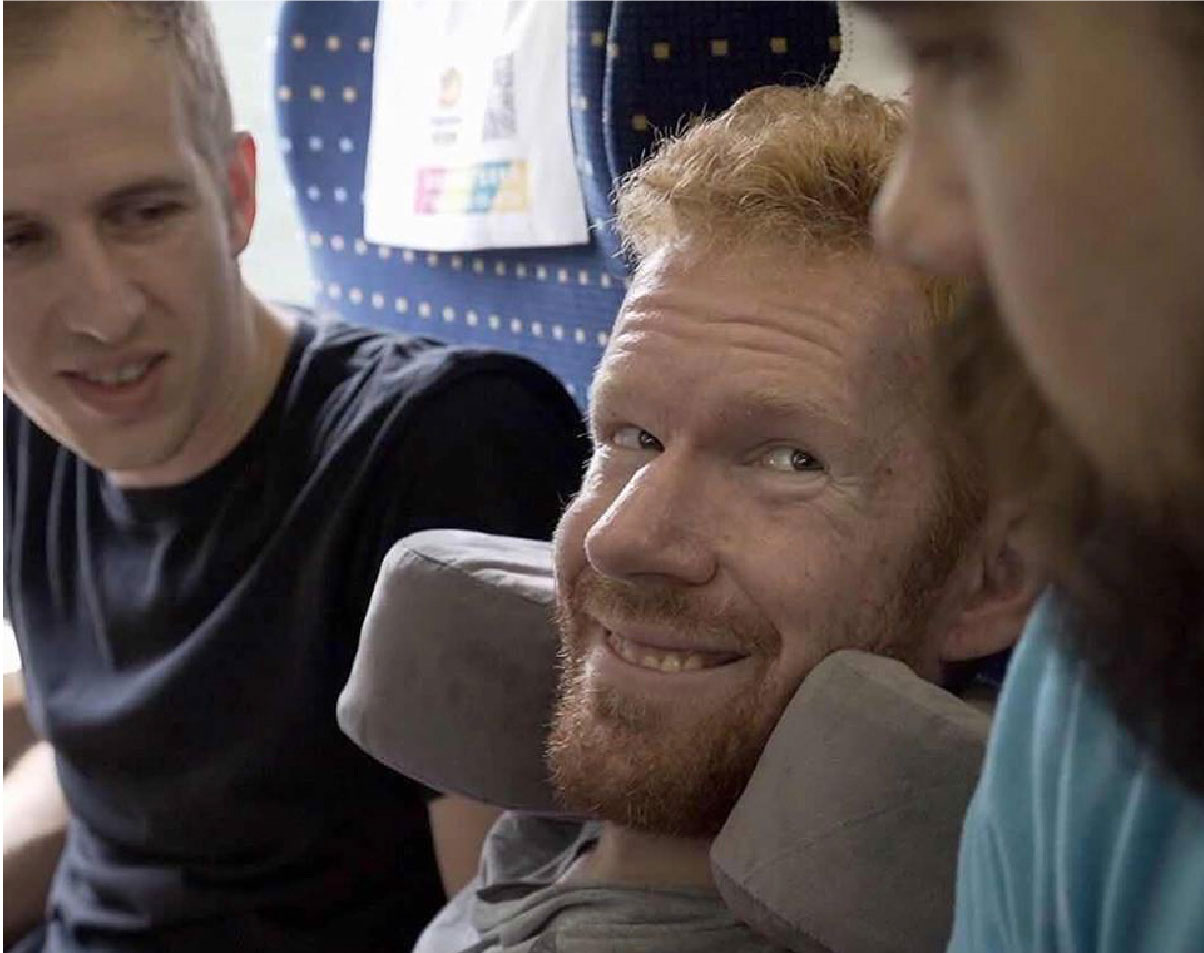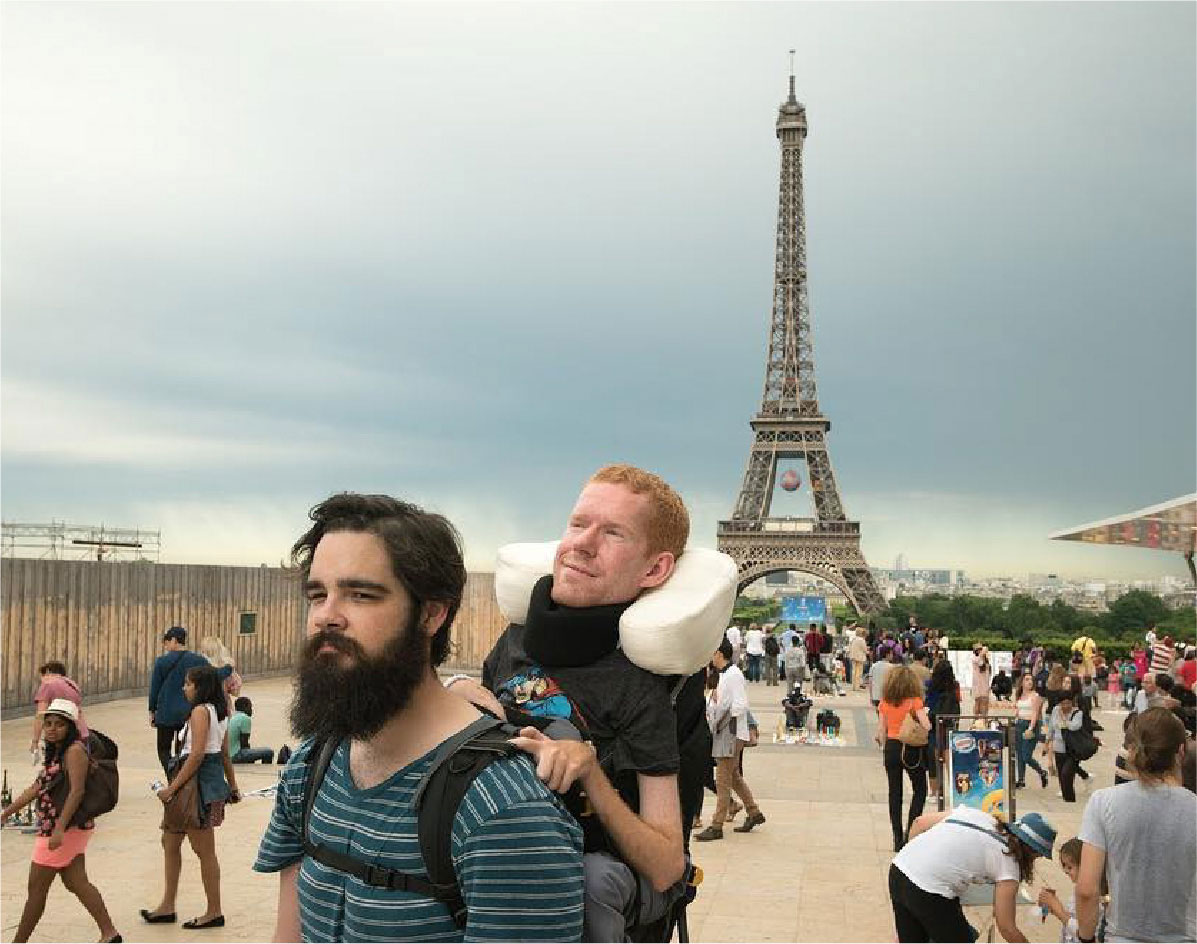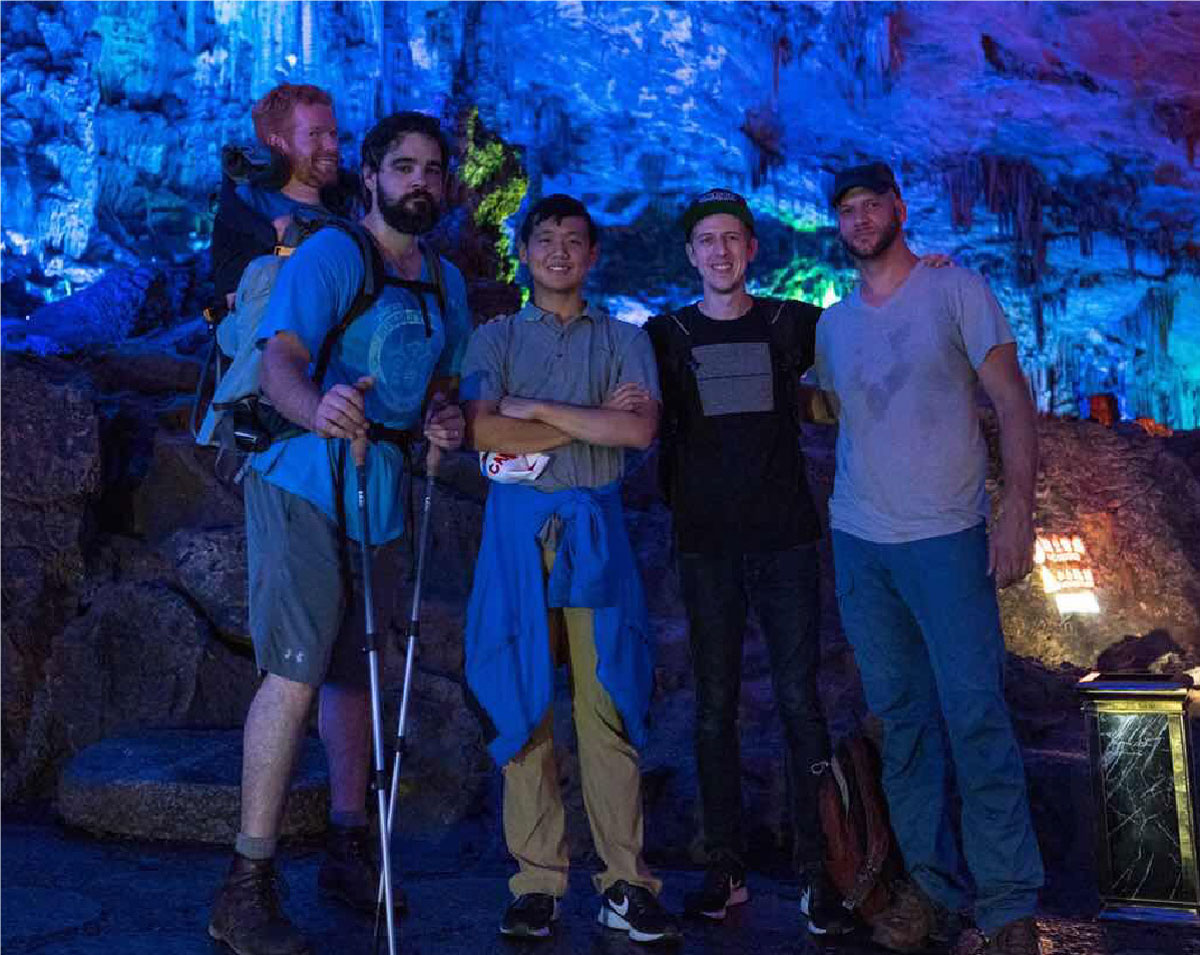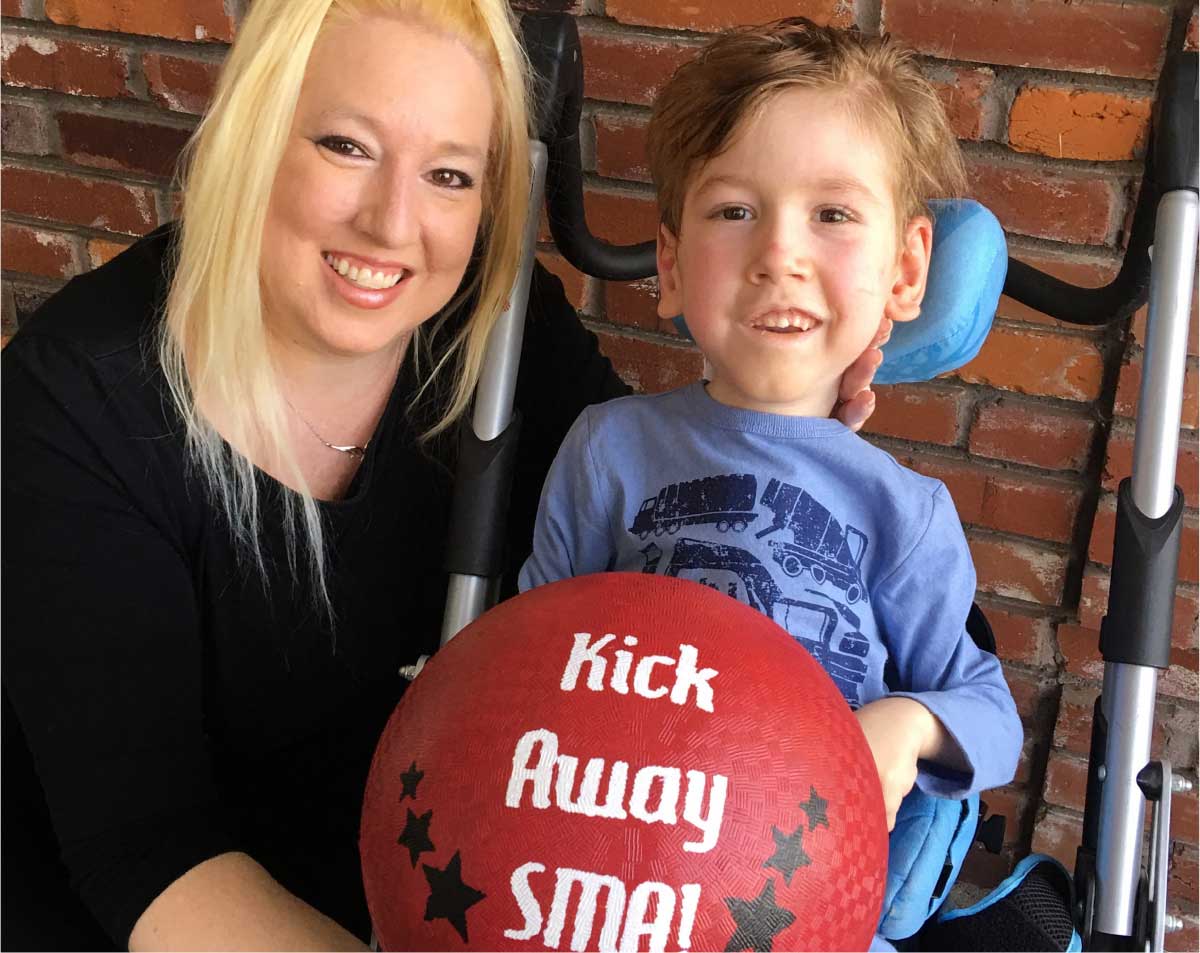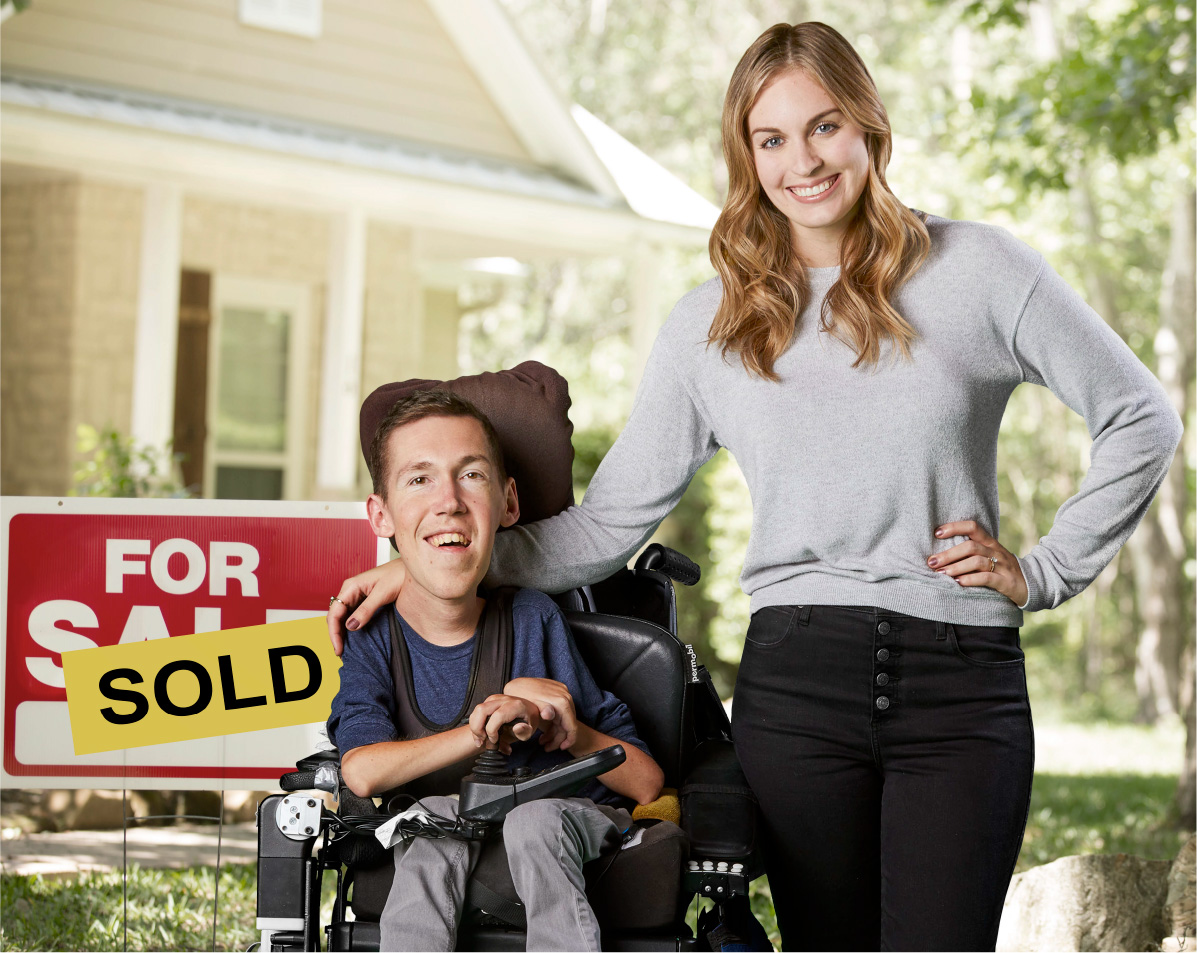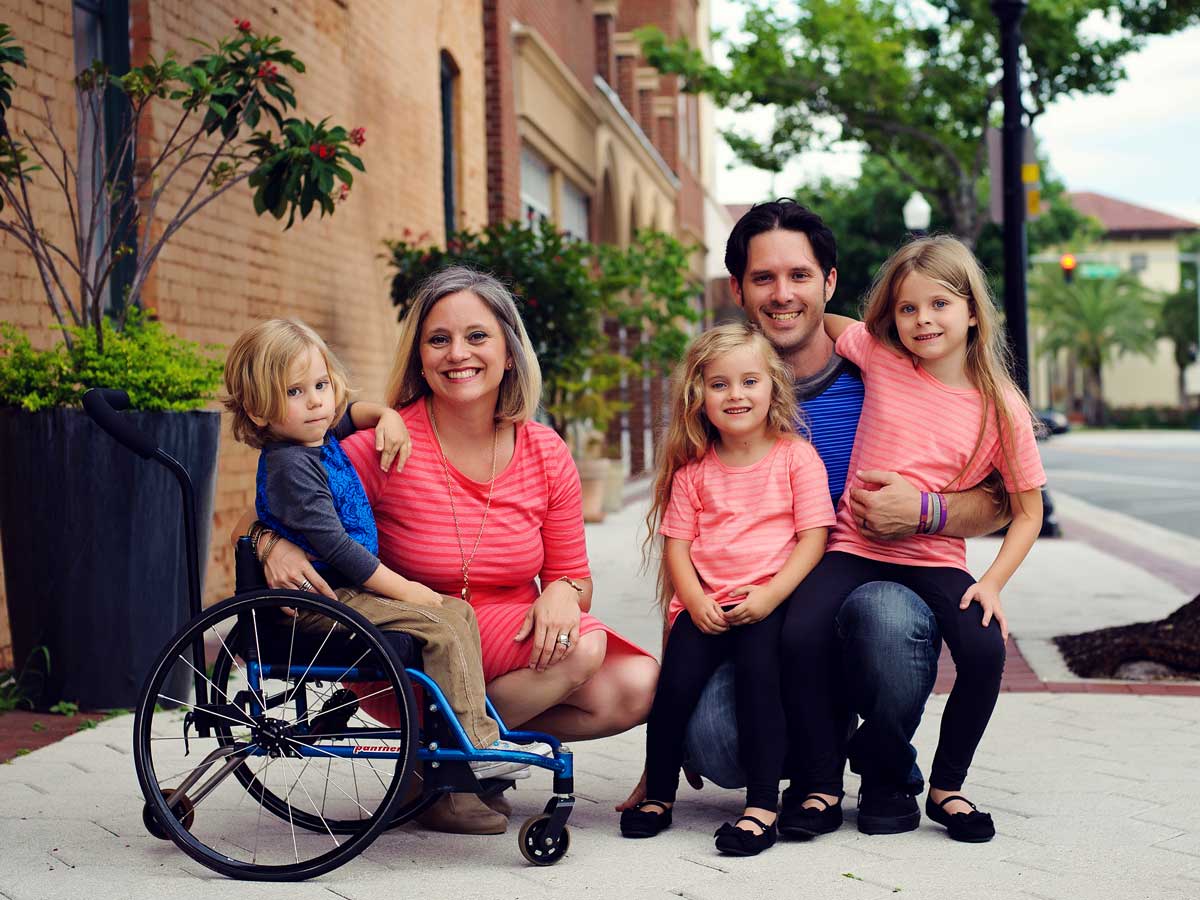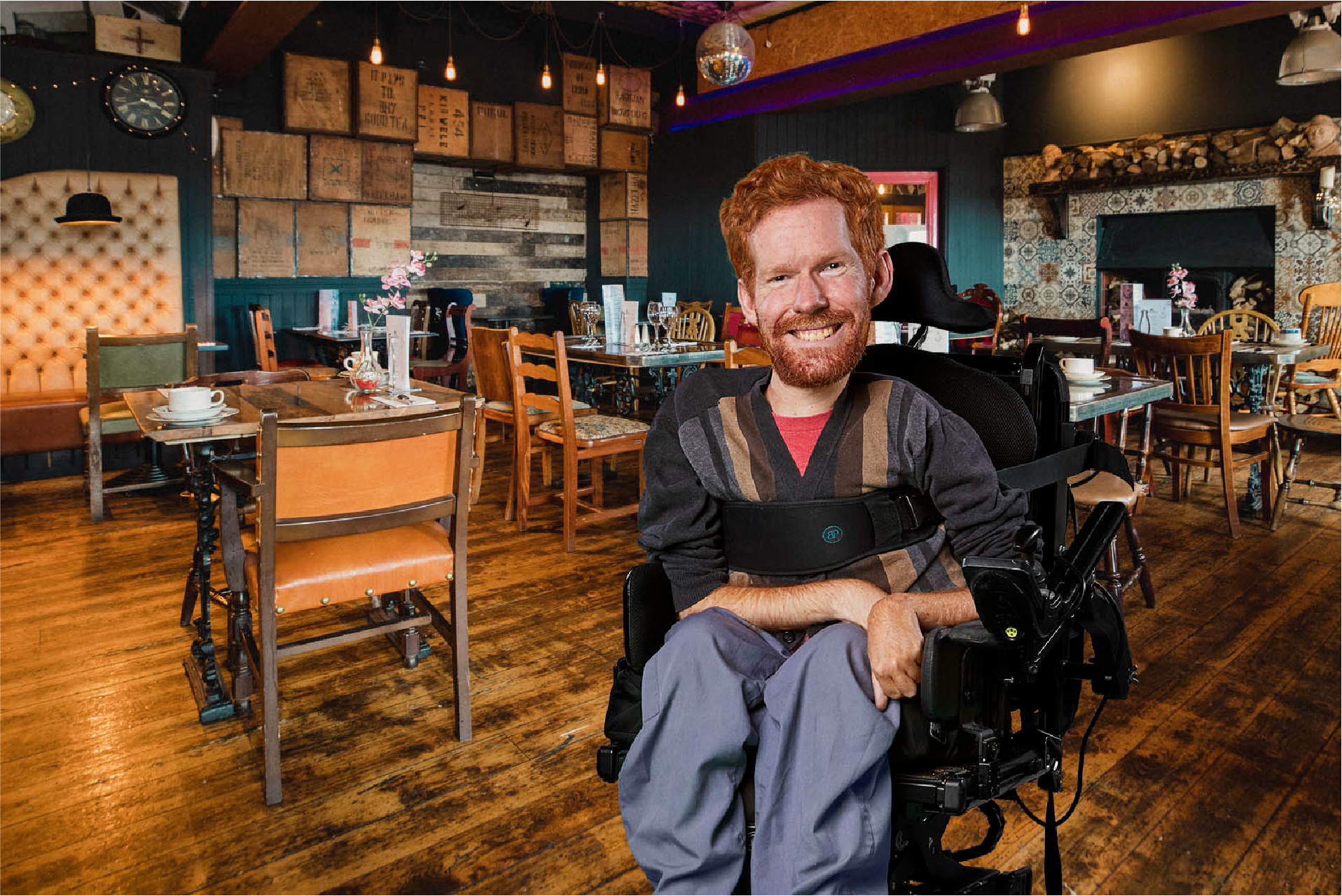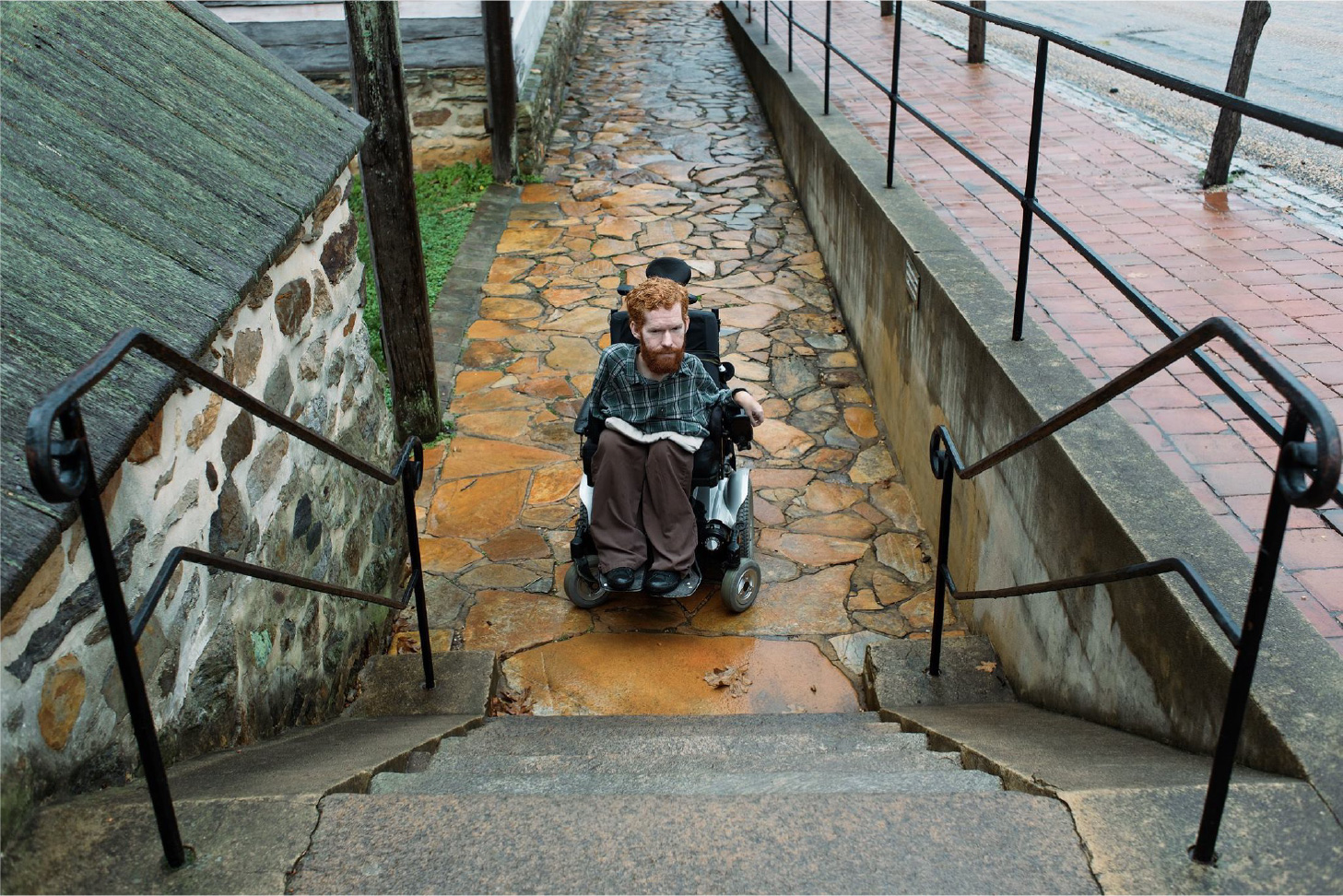When I hear the word “travel,” my brain neurons fire with excitement, but they also fire with anxiety. Traveling with a child who has SMA and needs medical equipment can be grueling. Over the years, I’ve learned it doesn’t have to be taxing, if I’m prepared. My son Jack loves adventure, seeing new cities, and trying new foods. As long as I follow my pre-travel rituals, then I have the pleasure of seeing Jack see the world.
“I’ve mentioned in the past, I have a lot of help and everyone has a job, even Jack. Jack’s nurse helps me greatly with our medical checklists. Checklists are so important! When preparing for a trip, I like to make a list weeks in advance.”
I’ve laminated our checklist to reuse time and again. Jack’s Nana helps me choose and pack his outfits. Jack likes being stylish. I am in charge of packing all of Jack’s favorite snacks for road trips and plane rides. Finding a good insulated lunch box and ice packs to store snacks is also helpful. Jack’s Papa is the best roadie, always ready to load the luggage into our vehicle. Lastly, Jack is in charge of packing his favorite toys and his tablet. I always have the chargers.
Whether I’m traveling by plane or car, that helps me determine how I’m going to pack. What has been most useful for me is hardshell luggage. I think the hardshell makes me feel like anything inside is less likely to get damaged by airline handling. If I’m traveling in our own vehicle, I often pack more than I need in case we want or need to extend our trip. On road trips, I also love bringing large tote bags on wheels. So I can just roll all our necessities around; it’s brilliant!
This is all to say that traveling can have its challenges too. Our biggest issues have been flight delays. I have regretted booking the last flight out, because that’s it, no options. So if we are stuck on an unanticipated long layover, Jack can get grouchy or have pain from sitting too long. We have been so lucky that Jack’s wheelchair has not had any major damage from airline travel, but we have had some of our wheelchair accessories lost. Some that are important to Jack, like his cup holder. Jack loves having his water bottle close by. I always ask the airline staff if we can board first to guarantee I can comfortably and safely transfer Jack to his seat. I also need an extra minute to ensure Jack’s wheelchair is folded correctly, all the pieces are tight and no parts are loose. It has been really helpful to request pre-boarding and notify the airline that we’re traveling with a wheelchair when booking the flight. It makes the day of traveling so much easier.
